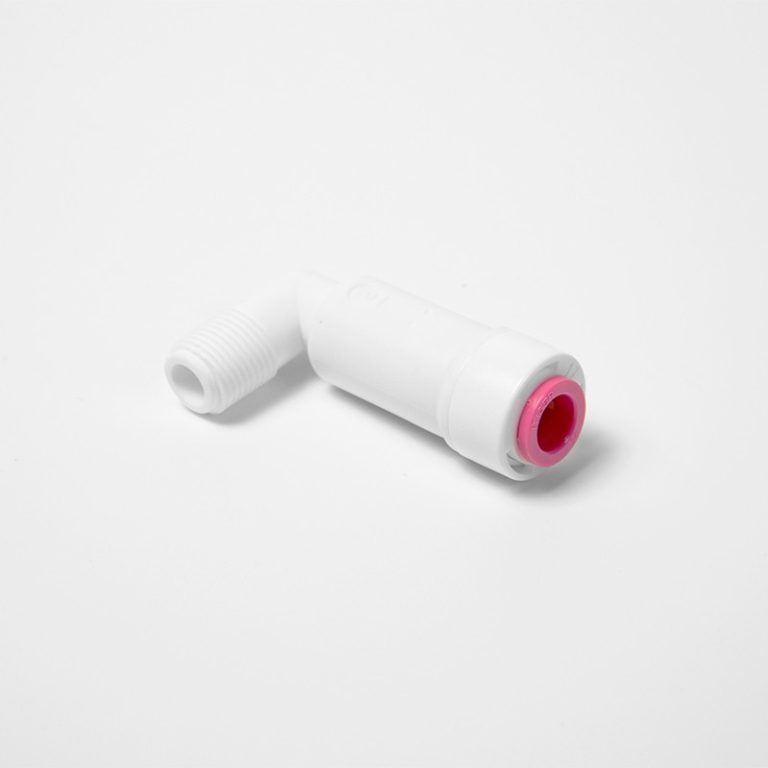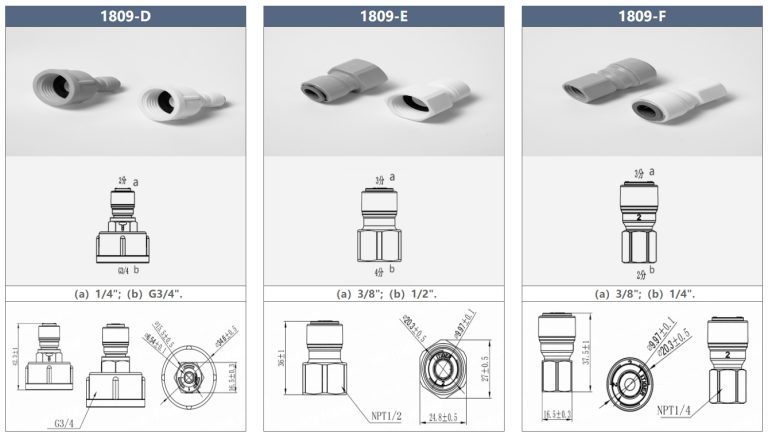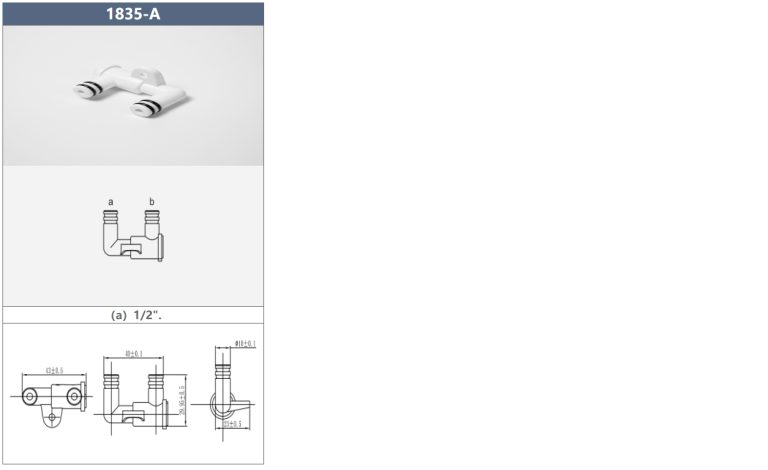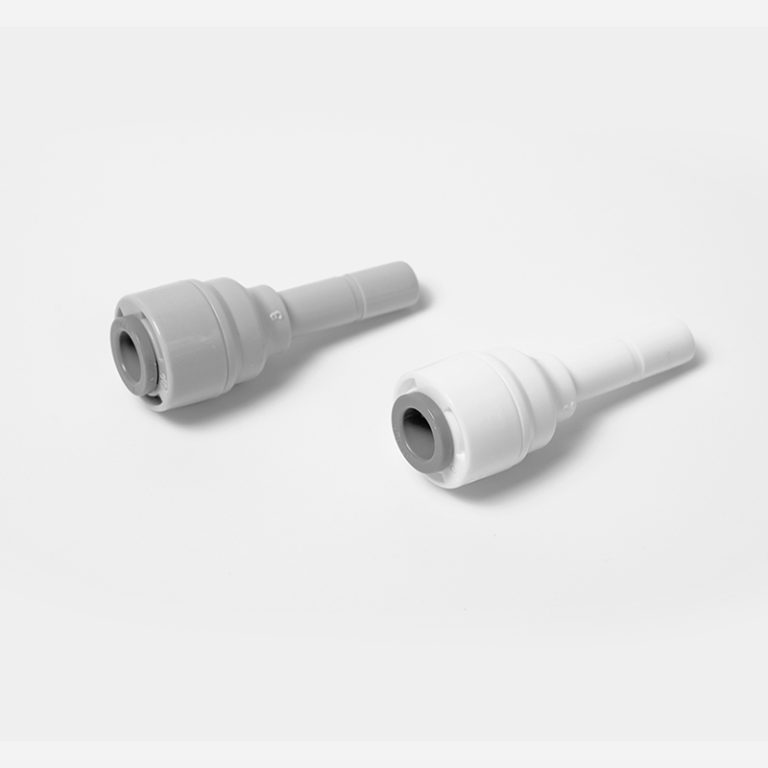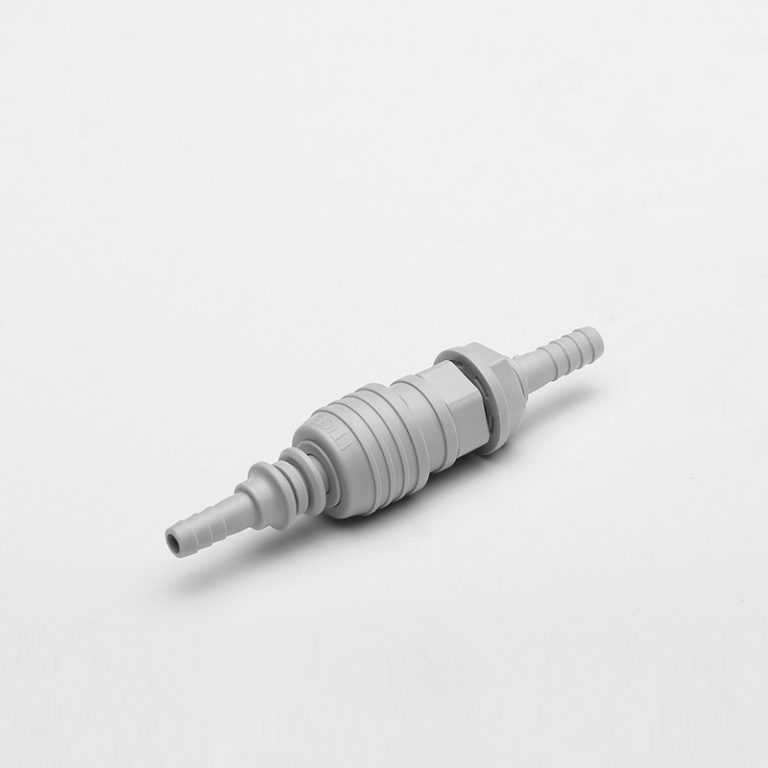“Master the art of reading oxygen flow meters for precise patient care.”
Understanding the Basics of an Oxygen flow meter
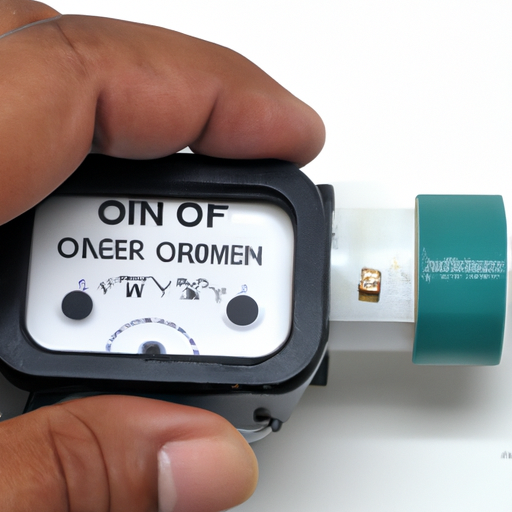
An oxygen flow meter is a crucial device used in medical settings to measure and regulate the flow of oxygen to patients. It is essential for healthcare professionals to understand how to read and interpret the readings on an oxygen flow meter accurately. In this article, we will discuss the basics of an oxygen flow meter and provide a step-by-step guide on how to read it.
Firstly, it is important to understand the components of an oxygen flow meter. The main parts include a flow control valve, a flow tube, and a flow indicator. The flow control valve allows the healthcare professional to adjust the flow rate of oxygen, while the flow tube and flow indicator display the actual flow rate.
To read an oxygen flow meter, start by ensuring that the flow meter is properly connected to the oxygen source and the patient’s oxygen delivery device. Once the connections are secure, locate the flow indicator on the flow meter. The flow indicator is usually a small ball or a floating ball that moves up and down inside the flow tube.
Next, observe the position of the flow indicator. If the flow indicator is at the bottom of the flow tube or not moving at all, it indicates that there is no oxygen flow. In this case, check the oxygen source and connections to ensure everything is properly set up.
If the flow indicator is moving, take note of its position on the flow tube. The flow tube is typically marked with numbers or lines that represent the flow rate in liters per minute (LPM). Read the number or line that aligns with the top of the flow indicator. This reading indicates the current flow rate of oxygen being delivered to the patient.
It is important to note that different oxygen flow meters may have different scales or markings on the flow tube. Some flow meters may have a linear scale, while others may have a logarithmic scale. Familiarize yourself with the specific markings on the flow meter you are using to ensure accurate readings.
When reading the flow rate, it is crucial to consider the patient’s prescribed oxygen flow rate. This information is typically provided by the healthcare provider or can be found in the patient’s medical records. Compare the prescribed flow rate with the reading on the flow meter to ensure that the patient is receiving the correct amount of oxygen.
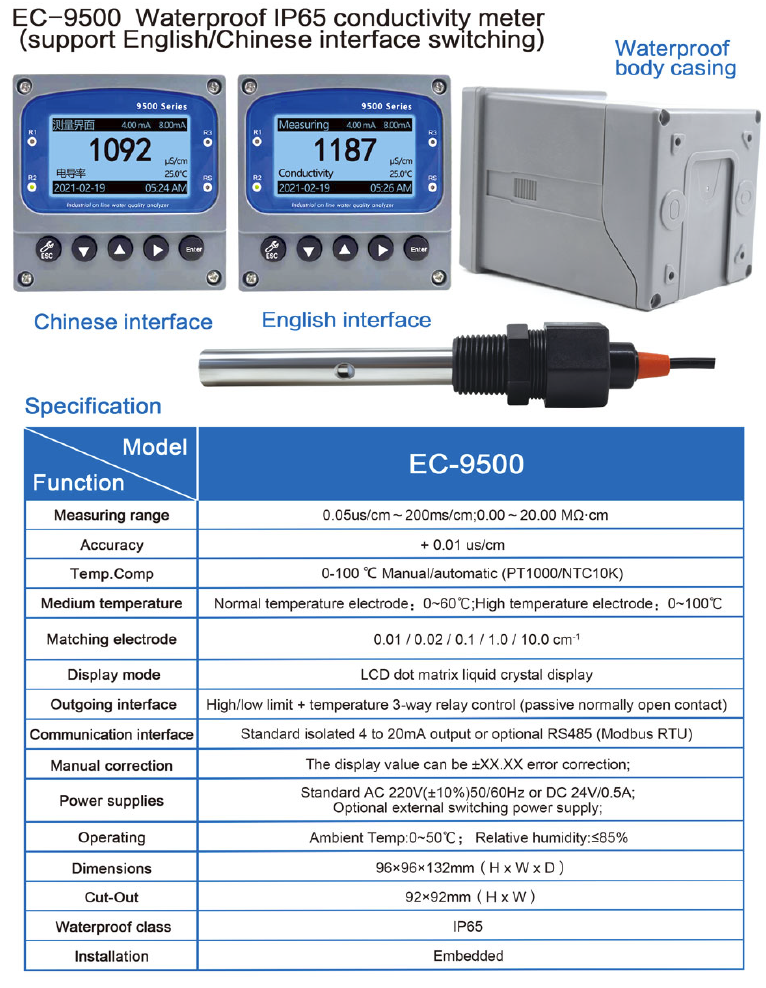
In addition to reading the flow rate, it is also important to monitor the flow indicator for any fluctuations or irregularities. Sudden changes in the flow rate may indicate a problem with the oxygen delivery system or the patient’s condition. If you notice any abnormalities, consult with a healthcare professional for further assessment and intervention.
| Product Model | DOF-6310 (DOF-6141) |
| Product Name | Dissolved oxygen data collection terminal |
| Measuring Method | Fluorescence Method |
| Measurement range | 0-20mg/L |
| Accuracy | ±0.3mg/L |
| Resolution | 0.01mg/L |
| Response time | 90s |
| Repeatibility | 5%RS |
| Temperature compensation | 0-60.0℃ Accuracy:±0.5℃ |
| Air pressure compensation | 300-1100hPa |
| Stand pressure | 0.3Mpa |
| Communication | RS485 MODBUS-RTU standard protocol |
| Power | DC(9-28)V |
| Power comsuption | <2W |
| Operational envrionment | Temperature:(0-50)℃ |
| Storage Environment | Temperature:(-10-60)℃; Humidity:≤95%RH(None condensation) |
| Installation | Submerged |
| Protection Level | IP68 |
| Weight | 1.5Kg(with 10m cable) |
In conclusion, understanding how to read an oxygen flow meter is essential for healthcare professionals working in medical settings. By familiarizing yourself with the components of an oxygen flow meter and following a step-by-step guide, you can accurately interpret the readings and ensure that patients receive the appropriate amount of oxygen. Remember to always compare the flow rate with the prescribed oxygen flow rate and monitor for any fluctuations or irregularities.

